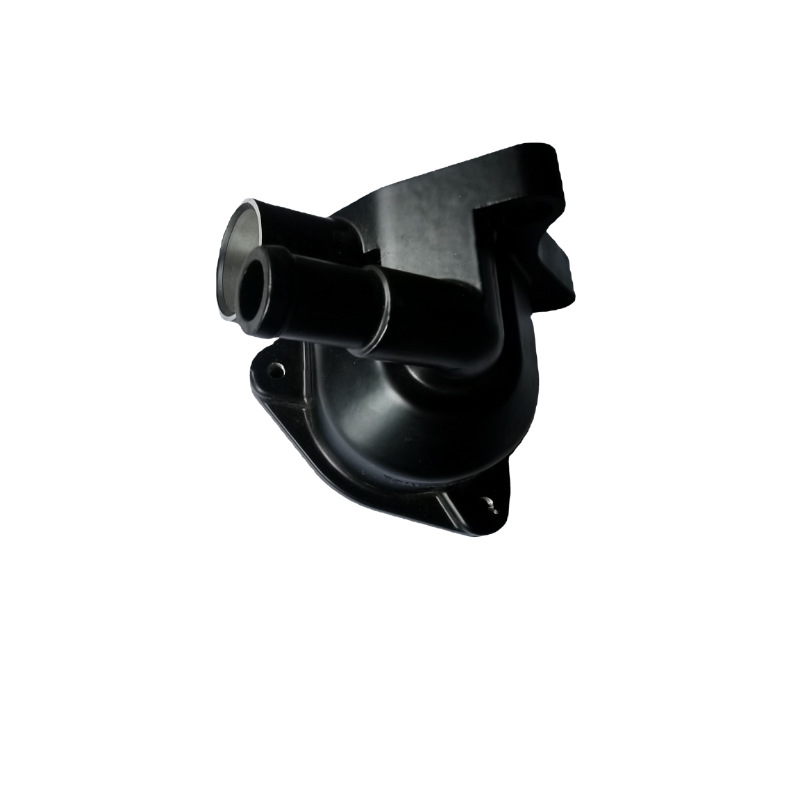The oil pump housing is a component of an internal combustion engine that houses the oil pump. The oil pump is responsible for pumping oil from the engine’s oil pan to the bearings, cylinders and other moving parts of the engine. The oil pump housing, usually made of die-cast aluminum, is located in the engine block. It is connected to the crankshaft by a gear or chain that drives the pump when the engine is running. The oil pump housing also has an oil inlet and outlet that allows oil to flow into and out of the pump. The housing also has a pressure relief valve, which helps regulate the oil pressure in the engine.
There are several advantages to using an aluminum die-cast housing for an oil pump:
- Weight: Aluminum is significantly lighter than other materials, such as steel or iron, which can be beneficial in reducing the overall weight of the oil pump.
- Corrosion resistance: Aluminum has good corrosion resistance, which makes it suitable for use in environments where the oil pump may be exposed to corrosive substances.
- Thermal conductivity: Aluminum has a high thermal conductivity, which means it is able to dissipate heat effectively. This can be beneficial in an oil pump, as it helps to keep the pump cool and prevent overheating.
- Strength: Despite being lightweight, aluminum has a good strength-to-weight ratio, which means it is able to withstand the forces exerted on it during normal operation.
- Cost: Aluminum is generally less expensive than other materials, such as steel, which can make it a more cost-effective choice for the housing of an oil pump.
- Recyclability: Aluminum can be easily recycled, which makes it an environmentally friendly choice.
Die casting is a manufacturing process in which molten metal is poured or injected into a mold cavity, which is then cooled and solidified to produce a metal part. Aluminum is a common material used in die casting because it has good casting properties, is lightweight, and is resistant to corrosion.
The production process for an aluminum die-cast oil pump housing typically involves the following steps:
- Design and prototyping: The first step in the production process is to design the oil pump housing using computer-aided design (CAD) software. A prototype may be produced using a 3D printer or other prototyping method to test the design and ensure it meets the required specifications.
- Mold design and construction: Once the design has been finalized, a mold is created using precision machining techniques. The mold is typically made of steel or another durable material, and is designed to produce a part with the desired shape and dimensions.
- Die casting: Once the mold is complete, it is installed in a die casting machine. Molten aluminum is poured or injected into the mold under high pressure, and the mold is cooled to solidify the metal. The solidified part is then ejected from the mold.
- Finishing: The oil pump housing may undergo various finishing processes to improve its appearance and performance. This may include deburring, polishing, anodizing, or other treatments.
- Assembly: The oil pump housing may be assembled with other components to create the finished oil pump. This may include attaching seals, gaskets, or other parts as needed.
- Testing and quality control: The finished oil pump is tested to ensure it meets the required specifications and performance standards. This may include pressure testing, flow testing, or other types of testing.
